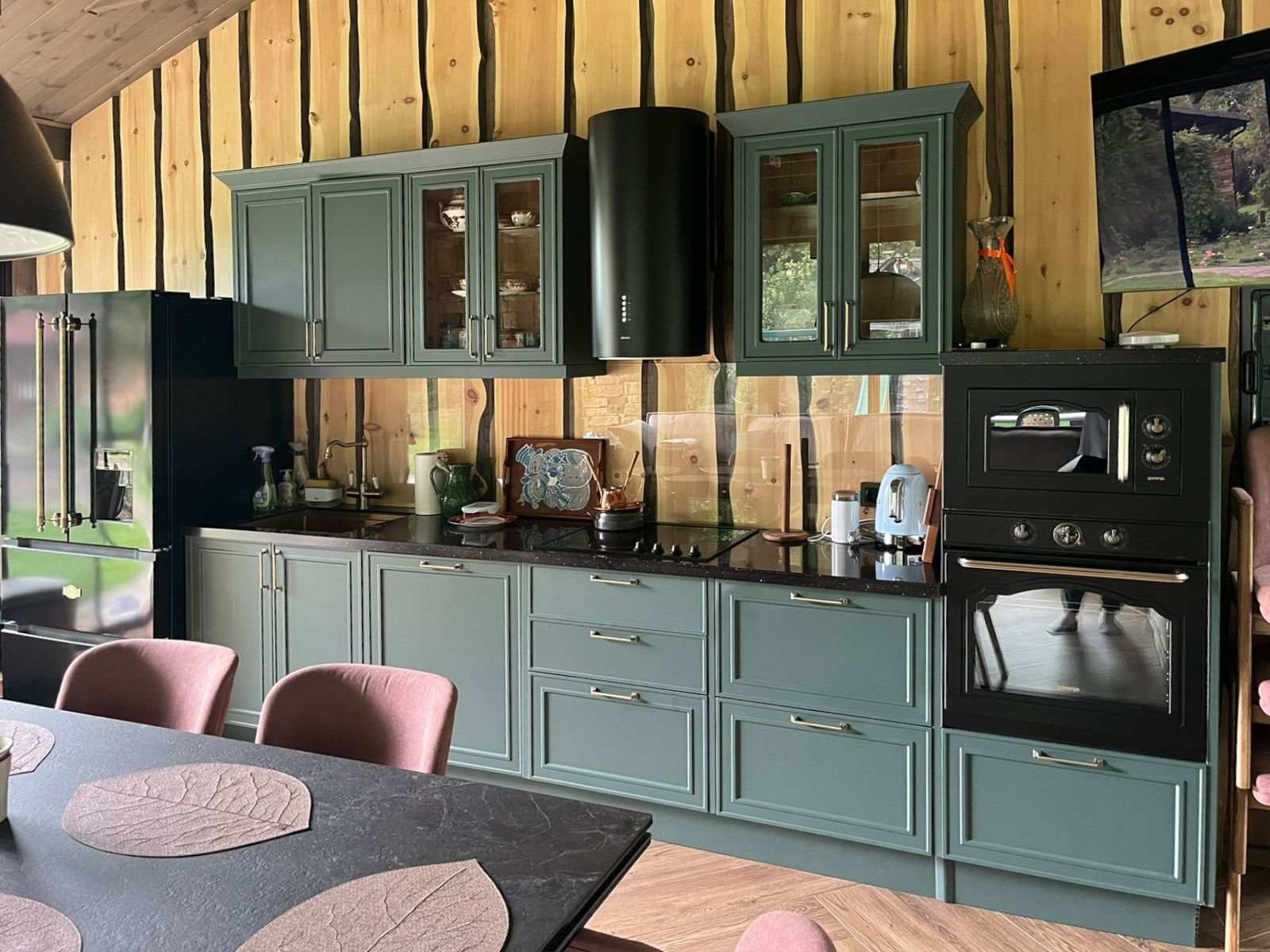
Mastering Culinary Spaces Design
Understanding the Essence of Culinary Spaces
In the world of design, few areas hold as much importance as culinary spaces. These are the domains where creativity meets function, and where the art of cooking is facilitated by thoughtful design. Mastering the intricacies of culinary spaces is essential for both home cooking enthusiasts and professional chefs. It involves a harmony of aesthetics, ergonomics, and efficiency to create an environment that enhances the culinary experience.
Key Elements in Culinary Space Design
The design of a culinary space must take into account several key elements to be truly successful. The layout should allow for smooth workflow, incorporating the classic work triangle between the stove, sink, and refrigerator. Materials and surfaces should be chosen for durability, ease of cleaning, and their ability to withstand the rigors of kitchen use. Lighting, too, is crucial - task lighting ensures that each work area is well-lit, while ambient lighting contributes to the overall atmosphere of the space.
Maximizing Functionality Through Smart Layouts
One of the primary goals in designing a culinary space is to maximize its functionality. This can be achieved through smart layouts that prioritize movement and minimize unnecessary steps. An efficient kitchen layout allows the user to move effortlessly between different stations, ensuring a fluid and intuitive cooking process. It's also vital to include plenty of storage to keep tools and ingredients within easy reach yet organized and out of the way when not in use.
Incorporating Technology and Innovation
As technology advances, so does the potential for its incorporation into culinary spaces. Smart appliances, precision temperature controls, and interactive interfaces can all enhance the cooking experience. Innovations such as induction cooktops, programmable ovens, and high-tech ventilation systems offer both amateurs and professionals new levels of control and convenience in the kitchen.
Creating Aesthetically Pleasing Culinary Environments
While functionality is critical, the aesthetic appeal of a culinary space cannot be overlooked. The materials, colors, and textures chosen should not only be practical but also reflect the personal style and sensibilities of the user. From sleek, modern designs with stainless steel features to warm, rustic kitchens adorned with natural wood, the visual elements of a culinary space should inspire and elevate the act of cooking.
Addressing Sustainability and Eco-Friendly Practices
Sustainable design is increasingly important in modern culinary spaces. Eco-friendly materials, energy-saving appliances, and water-conserving fixtures not only reduce the environmental impact of a kitchen but can also result in long-term cost savings. Designers and homeowners alike are recognizing the importance of creating spaces that are as good for the planet as they are for preparing food.
Conclusion: The Culinary Space as a Reflection of the Self
Mastering culinary space design is as much a personal journey as it is a technical challenge. A well-designed kitchen should not only cater to the practical needs of cooking but also reflect the personality and lifestyle of the person using it. By blending functionality with individual style, and keeping an eye on sustainability, one can create a culinary space that is efficient, beautiful, and uniquely theirs. Whether for a professional chef or a home cooking enthusiast, a well-designed culinary space is the heart of culinary creation.
``` This format will allow you to insert your article into a web page while correctly utilizing header tags for titles and sections, alongside paragraph tags for the main content.